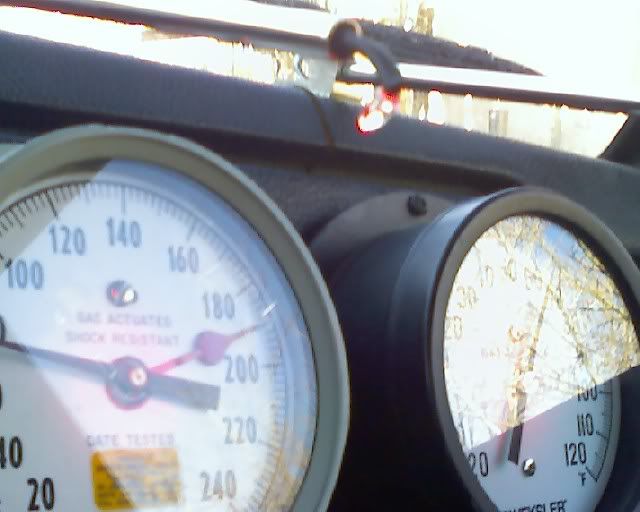|
The PCV system has a lot of different configurations. I currently have a filler cap with hose barb and hose running to the forward carb. On the tear drop side there's a small filter and just open to atmosphere. My understanding was that keeping one side of the system at a vacuum allows for positive flow through the crank case, removing contamanents.
However, I have no restriction of flow in my setup. Therefore, air can flow through the crankcase as fast as the vacuum of the carb can pull it. I've also been struggling with the filter on the tear drop oil trap getting pretty gummed up with oil residue.
I was hoping to reverse the PCV plumbing. I obtained a filler cap with no hose barb, and also doesn't appear to be vented at all. Did they make those caps that were completely sealed? If I had one that was completely sealed, that would certainly restrict the flow through the crankcase.
I found this comment from a past brickboard post:
Whichever way you hook it up, you need a restriction in the flow path. That can be a PCV valve (the B18 way) or a metered orifice (the B20 way) -- which is fitting with a small hole in it attached to the manifold, not an open fitting.
My real question right now is, what kind of restriction do I need? Could a sealed filler cap do it? Did I do any harm to my engine by encouraging such a high rate of flow through the crankcase?
|


